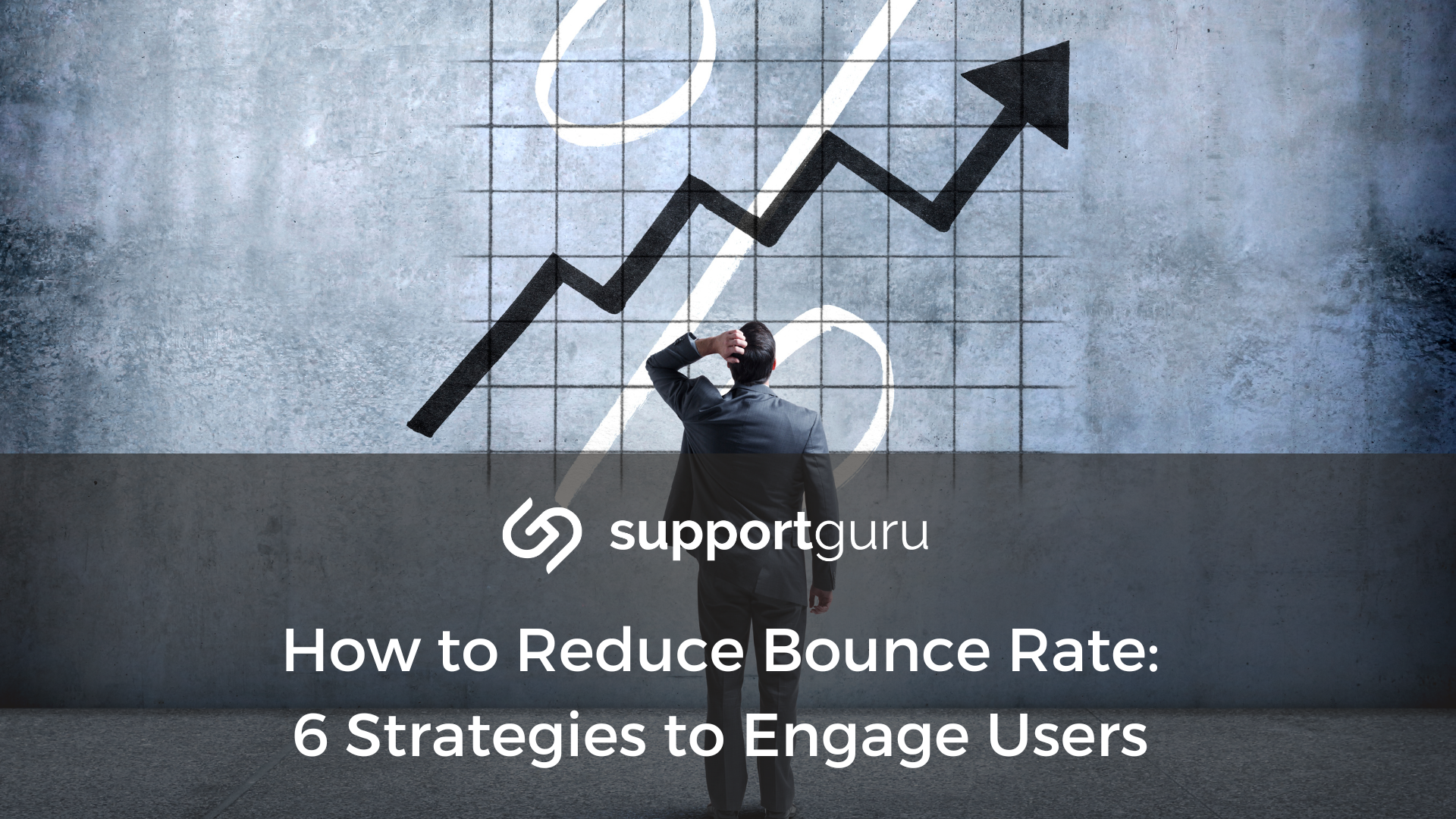A website's bounce rate, the percentage of visitors who leave after viewing only one page, is a key metric that reflects user engagement.
A high bounce rate indicates that visitors are quickly abandoning your website, hindering your ability to achieve your online goals.
These goals can encompass various aspects of your online presence, such as generating leads, driving sales, fostering brand awareness, establishing yourself as an industry thought leader, or providing exceptional customer service.
Regardless of your specific goals, a website with a high bounce rate is essentially failing to convert visitors into engaged users who take the desired actions.
Strategy 1: Craft Compelling Content
Ensure your website content aligns with user intent. Effectively use keyword research to understand the specific terms and phrases your target audience is searching for, and tailor your content accordingly.
Communicate the value proposition of your website within the first few seconds of a user's visit. What problem does your website solve, or what need does it fulfill for the visitor?
Invest in high-quality content that is informative, engaging, and well-written. Break up lengthy text with subheadings, bullet points, and images to enhance readability and make it easier for users to scan the content for the information they seek.
Maintain a content calendar and regularly publish fresh content to keep users engaged and coming back for more.
Strategy 2: Prioritize User Experience (UX)
Develop a clear and intuitive navigation system that allows users to find the information they need effortlessly. Strive for a user-friendly menu structure with clearly labeled categories and subcategories.
Speed is essential and crucial. Optimize your website's loading speed by compressing images, minimizing code, and leveraging browser caching.
Studies show that users expect a website to load in under 3 seconds, and bounce rates significantly increase with longer loading times.
Ensure your website uses responsive designs to automatically adjust layout and content based on the device being used (desktop, tablet, or smartphone).
Tell users what you want them to do next! Craft clear and concise CTAs that guide visitors toward your desired actions, whether it's subscribing to a newsletter, contacting your company, or making a purchase.
Strategy 3: Optimize for Search Engines (SEO)
Integrate relevant keywords throughout your website content, ensuring a natural fit that doesn't compromise readability.
Keyword research helps search engines understand what your website is about and improves your chances of ranking higher in search results pages (SERPs).
Craft compelling meta descriptions, the snippets displayed beneath website titles in search results.
Meta descriptions should accurately reflect your content and entice users to click through to your website.
Ensure your website's underlying technical structure is optimized for search engines. This includes elements like internal linking, sitemap submission, and mobile-friendliness.
Strategy 4: Leverage Visual Appeal
Incorporate high-quality images, infographics, and videos that are visually appealing and relevant to your content.
Visuals can break up text, enhance user experience, and improve engagement. Here are some additional tips for using visuals effectively.
Don't just stuff your website with stock photos that don't have anything to do with your topic. Choose images, infographics, and videos that complement your content and help to illustrate your point.
Large image files can slow down your website's uploading them to your website.
Alt tags are short descriptions of images that are displayed when an image cannot be loaded or for visually impaired users. They also help search engines understand the content of your images.
Maintain a consistent brand identity throughout your website's visual elements. This includes using the same color scheme, logos, and fonts across all pages. Consistency builds trust and strengthens brand recognition.
Strategy 5: Address User Intent
Ensure your landing pages, the pages users arrive at after clicking on a link, are tailored to the specific intent behind the click.
For example, a landing page for a product should showcase product features and benefits, while a landing page for a blog post should provide a concise summary of the content.
Strategically link to relevant internal pages throughout your website. This keeps users engaged and encourages them to explore different sections of your site.
Strategy 6: Analyze and Refine
Use website analytics tools to track user behavior and identify areas for improvement. Tools like Google Analytics provide valuable insights into bounce rates, traffic sources, user demographics, and popular content.
Conduct A/B testing to compare different versions of website elements, such as headlines or CTAs, and determine which version performs better in terms of user engagement.
